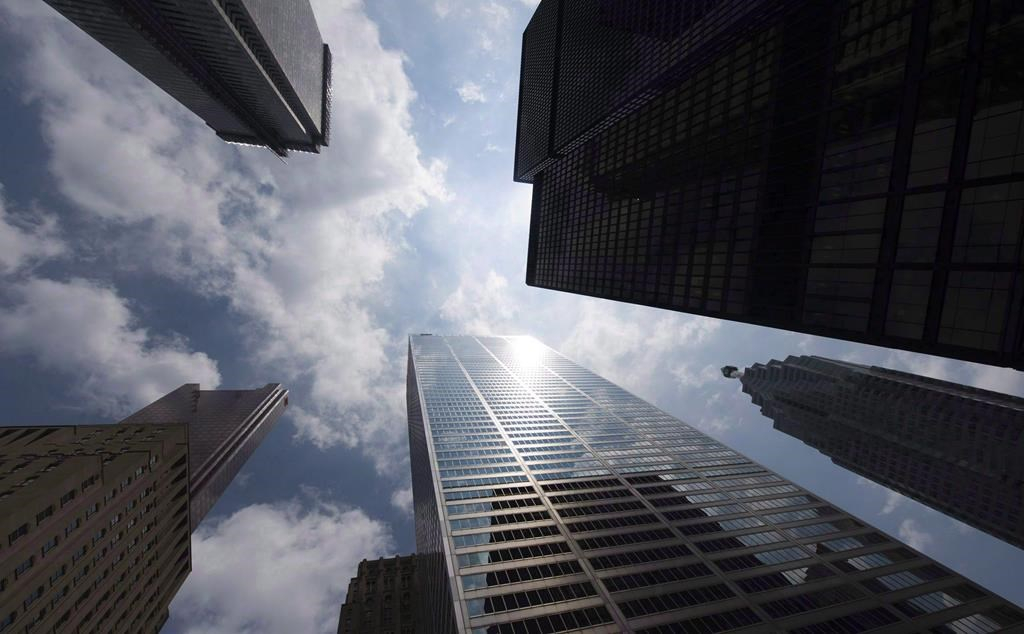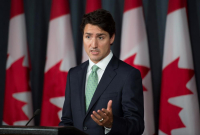Support strong Canadian climate journalism for 2025
Canada's largest city is getting itself a new resident this year: the headquarters of the federal government's new infrastructure financing agency.
Putting the bank in Toronto will give its members easy access to investors in the city's financial district whose dollars the Liberals need to make the agency a success.
Quebec Liberal MPs lobbied privately and publicly to have the bank's offices located in Montreal, home to a light rail project being financed by the province's pension fund which could be an early candidate for funding from the federal agency.
But the Liberals appeared set on Toronto weeks before Monday's announcement after private consultations kept leading back to the investors along Bay Street.
"We believe that the right expertise that is needed for the bank is present in this city," Infrastructure Minister Amarjeet Sohi said at a press conference at Toronto's Union Station.
"The location of the bank is important, but the real value for the bank is the projects that it will fund, the projects that will be throughout the country. . . . That's where the job growth will happen, that's where the opportunities exist."
The Liberals are also starting a search to find a chair for the agency's board of directors, the directors themselves and the chief executive officer. Anyone is able to apply for one of the appointments, but there are few people internationally with the expertise and job experience for the positions.
Sohi said the government wants to select the right talent.
The government expects the agency to be up and running by the end of the year.
The proposed bank would take $35 billion in government funding to entice private investment in projects like public transit systems, highways and electrical grids that generate revenues through user fees or tolls. Approximately $15 billion of that will be cash, with the remaining $20 billion in the form of repayable loans or equity stakes that the Liberals say won't affect the government's bottom line.
The Liberals predict they can leverage three or four times the federal investment in private dollars for projects in three key areas: trade corridors, green infrastructure and public transit. Any project selected for the bank would have to generate revenue and be in the public interest.
The agency will focus on building new infrastructure, not selling off existing assets, Sohi said.
The plan to create the bank has come under increasing scrutiny from outside experts and the opposition parties, who question how much control private investors are being given over the creation of the bank and why the Liberals would let revenue generated by projects flow to private investors, some of whom may be overseas, instead of public coffers.
Sohi defended the government's plan, saying federal money going to the bank is a fraction of the overall spending infrastructure plan. He also said that cities, provinces and territories will have the option of using the bank.
"We need to build even more infrastructure in this country and the bank is one way to do this," he said. "The bank is one additional tool we are putting in our infrastructure tool kit. The vast majority of infrastructure will continue to be delivered by traditional funding tools."
The Liberals plan to spend $81.2 billion on their infrastructure program over the next 11 years, including the money for the bank.





Comments